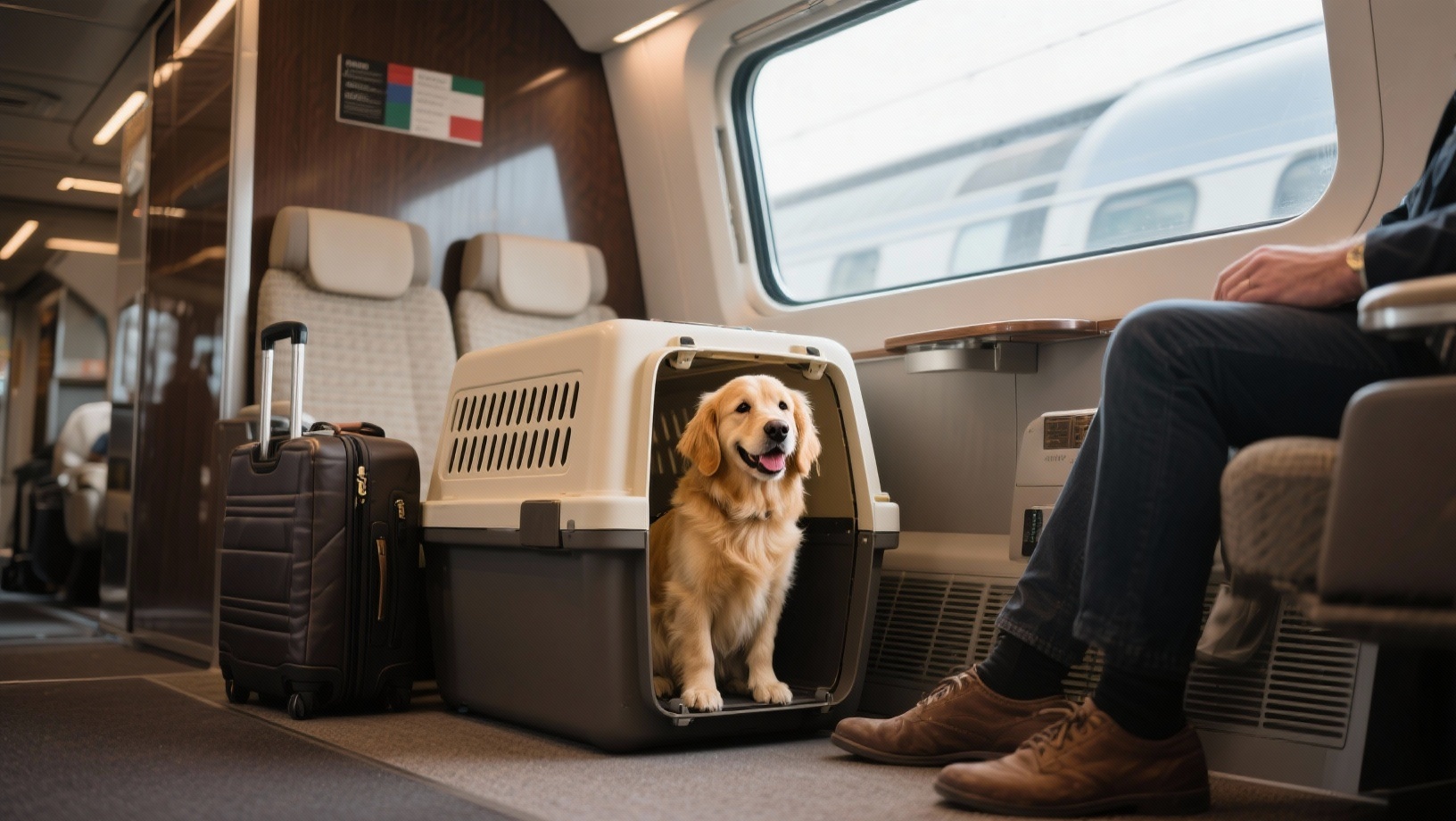For millions of people, a pet is not just an animal; it is a beloved family member. The idea of leaving a dog, cat, or even a smaller companion behind when embarking on a journey is often a non-starter. Consequently, the demand for Pet-Friendly Travel Planning resources, accommodation, and destinations has surged, transforming the tourism industry. Traveling with a pet requires a significant increase in foresight, research, and logistics compared to solo human travel, but the reward—sharing unforgettable experiences with your best friend—is immeasurable.
The Foundation of Pet-Friendly Travel Planning: Paperwork and Health
Before booking a single hotel or flight, the most critical step in Pet-Friendly Travel Planning is to manage the necessary documentation and ensure your pet’s health compliance. International travel, in particular, requires meticulous adherence to veterinary regulations, which can vary dramatically between countries and even states or provinces. For air travel, a health certificate, typically issued by a licensed veterinarian within 10 days of the trip, is mandatory. Furthermore, many countries, especially those with strict quarantine laws (such as the UK, Australia, and New Zealand), require specific vaccinations, microchipping (ISO 11784/11785 compliant), and sometimes blood tests, often months in advance.
It is absolutely vital to research the specific requirements of both your destination and any transit countries. Failure to comply can result in immediate quarantine or even refusal of entry. Beyond official paperwork, consult your vet about travel anxiety medication, motion sickness, and preventative care (flea, tick, and heartworm) relevant to your destination’s climate. A well-researched medical checklist and a robust emergency kit for your pet are indispensable components of successful Pet-Friendly Travel Planning.
Transportation: Ground, Sea, and Air Logistics
Choosing the right mode of transport is central to a pet-friendly trip. Air travel is the most complex, often requiring the pet to travel in the cargo hold, a stressful experience that should be avoided where possible, particularly for brachycephalic (flat-faced) breeds due to breathing risks. If flying is necessary, select airlines with known positive pet policies and book direct flights to minimize transitions. For smaller pets, securing a carry-on spot in the cabin is the preferred, safer option, though these slots are limited and must be booked well in advance.
Ground transport offers more control and comfort. Trains in many parts of Europe (e.g., France, Germany) and the US allow small pets in carriers, often for a small fee. For road trips, a secured crate or a pet safety harness is non-negotiable. This prevents distraction for the driver and offers protection for the pet in case of an accident. Always remember to schedule frequent stops for bathroom breaks, water, and exercise. Effective Pet-Friendly Travel Planning means prioritizing your pet’s comfort and safety over speed.
Accommodation: Finding the Right Welcome
The term “pet-friendly” is applied loosely in the hospitality industry, meaning travelers must look beyond the simple label. Some hotels may only permit small dogs under a certain weight; others may charge exorbitant, non-refundable cleaning fees; and still others may restrict access to public areas. When making a reservation, call the hotel directly, specify the size and breed of your pet, and ask for a room on the ground floor or near an exit for easy access to outdoor space.
Vacation rentals through platforms like Airbnb or Vrbo can be excellent, providing more space, a yard, and often fewer restrictions. However, be sure to communicate clearly with the host about your pet before confirming. The best Pet-Friendly Travel Planning destinations often feature specialized boutique hotels or inns that genuinely cater to animals, offering pet beds, water bowls, and even specialized pet menus. Never leave your pet unattended in an unfamiliar hotel room unless crated, as their anxiety could lead to property damage or excessive barking, resulting in fines.
Top Pet-Friendly Destinations Globally
While restrictions exist everywhere, some cities and regions have genuinely embraced pet tourism.
- The Netherlands (Amsterdam): Known for its relaxed culture, many cafes and smaller hotels welcome dogs. Public parks are excellent, and train travel is feasible with a ‘dog ticket.’
- Italy (Tuscany): The region’s numerous agriturismos (farm stays) are often incredibly pet-friendly, offering vast open spaces and a relaxed atmosphere perfect for dogs. Many outdoor restaurants welcome well-behaved pets.
- US (San Diego, Portland, Asheville): These cities consistently rank high for pet-friendliness, boasting dog beaches, pet-centric breweries and restaurants, and ample hiking trails where dogs are permitted.
- Germany (Berlin): Dogs are a common sight in restaurants, on the U-Bahn (subway), and in public spaces, reflecting a deep-seated cultural acceptance.
Successful Pet-Friendly Travel Planning involves choosing destinations where you can maximize your pet’s participation in activities, not just where they are tolerated. Look for cities with ample green spaces, outdoor patios, and pet-friendly attractions like botanical gardens or designated dog parks.


